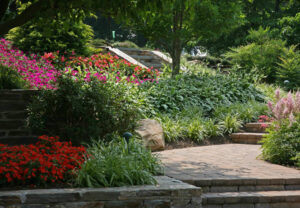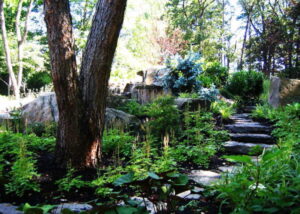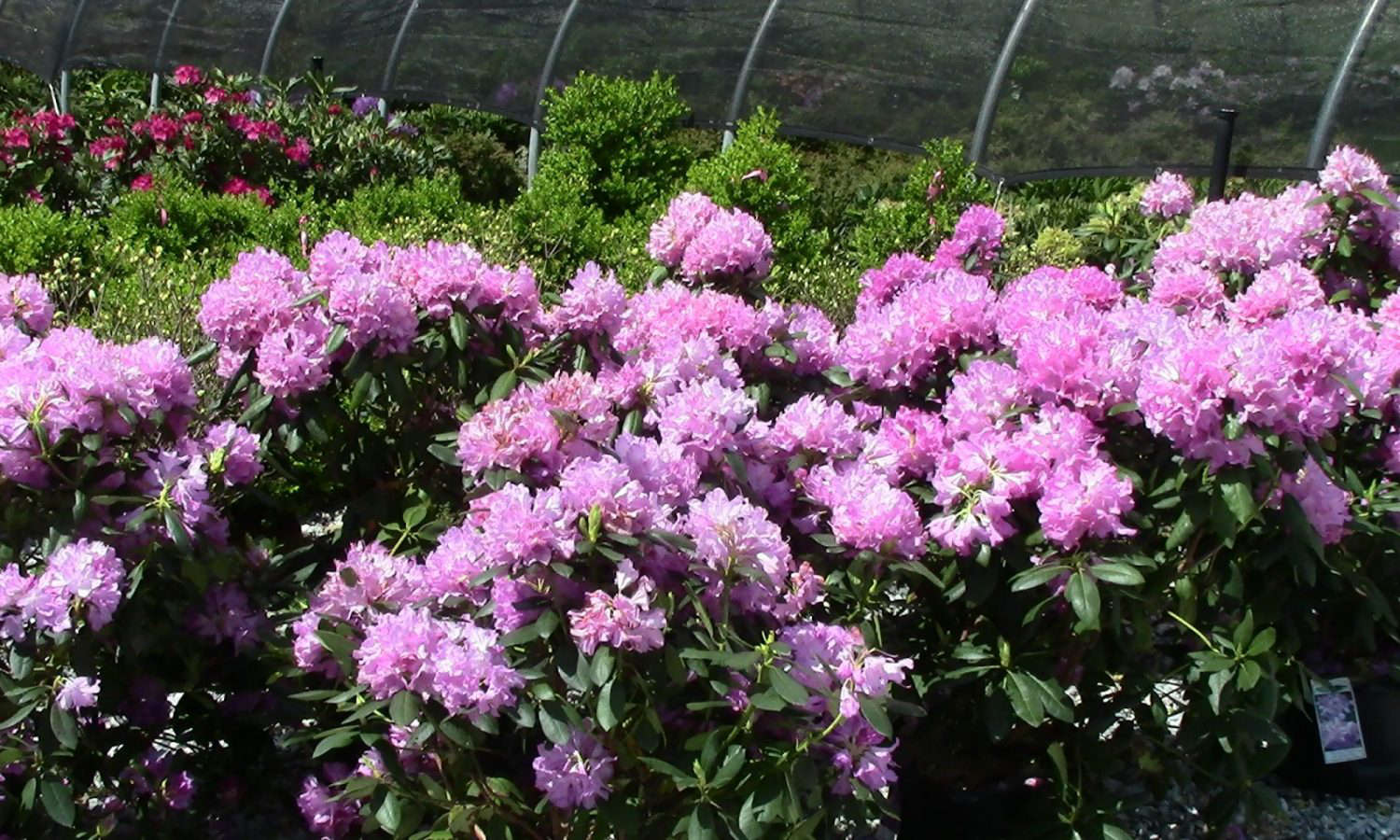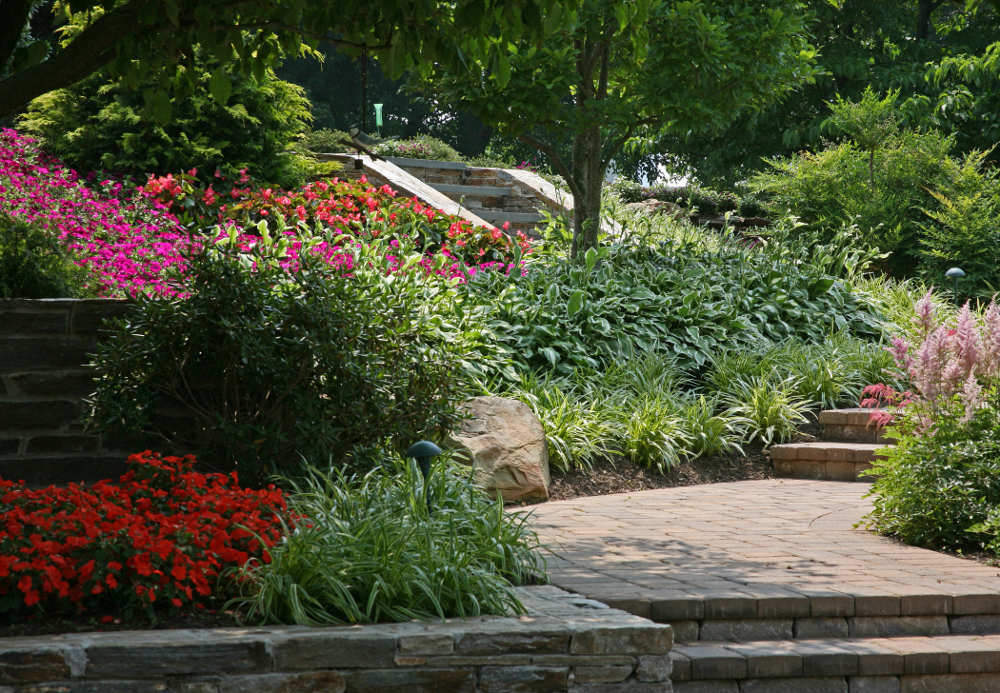Shade Garden Basics
Not every corner of the landscape gets bright sunlight, but that doesn’t mean those spaces can’t be beautiful. A shade garden will create cool, calming retreats filled with texture, foliage color, and seasonal blooms. The key is choosing plants that are naturally adapted to lower light conditions.
Why Plant a Shade Garden?
-
- Cool & Refreshing: Shade garden spaces are comfortable for people and plants in summer.
- Low Maintenance: Many shade-loving plants require less watering than sun-lovers.
- Unique Beauty: Shade gardens highlight foliage textures, variegated leaves, and subtle blooms.
Top Shade-Loving Perennials and Shrubs
Helleborus (Lenten Rose)
Among the first perennials to bloom in late winter and early spring, hellebores feature nodding flowers in shades of pink, white, purple, and green. They thrive in part to full shade and offer evergreen foliage year-round.
Hakonechloa (Japanese Forest Grass)
This graceful grass adds movement and golden-green color to shaded beds. It pairs beautifully with hostas and ferns, creating texture contrast in woodland-style gardens.
Heuchera (Coral Bells)
Known for their colorful foliage, coral bells bring deep burgundy, lime green, or silver tones to shady borders and they also produce delicate flower spikes in summer.
Hostas
The classic shade perennial, hostas come in countless sizes and leaf patterns. From giant blue-green leaves to compact variegated types, they create bold foliage statements.
Camellia (for Mild Climates)
These broadleaf evergreens bloom in fall or winter, depending on the variety. With glossy foliage and showy flowers, they brighten shaded foundations and woodland edges.
Witch Hazel (Hamamelis)
A unique option for filtered-shade locations is witch hazel which provides fragrant yellow to red blooms in late winter when few other plants flower.
Design Tips for a Shade Garden
-
- Mix Textures: Pair bold hosta leaves with fine-textured ferns and grasses.
- Add Contrast: Use variegated foliage (like hostas or heuchera) to lighten dark corners.
- Layer Plants: Combine groundcovers, mid-sized perennials, and taller shrubs for depth.
- Mind Moisture: Many shade plants prefer evenly moist soil—mulch helps retain it.
Final Thoughts
Shade gardens don’t have to be dark or dull. With plants like hellebores, Japanese forest grass, coral bells, and witch hazel, you can create lush, vibrant spaces full of year-round interest. The right mix of textures and colors will transform low-light areas into some of the most inviting spots of your landscape projects.


